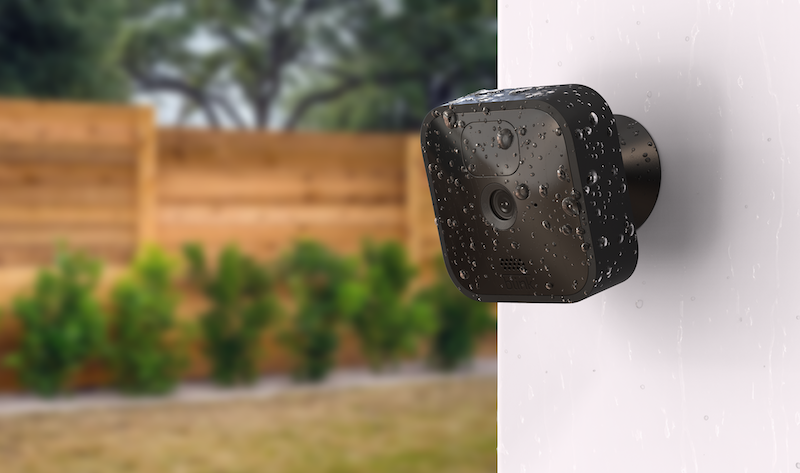
Automating Your Office Security With Blink Wireless Camera
Automation of Smart gadgets has become the norm to sync seamlessly with our blazing hot lifestyle. And what better way to automate your Office security than with Blink Cams?
Blink, ever since its pompous acquisition by Amazon back in 2017, has come a long way both in terms of technology and extensibility. And one of the most welcoming integrations Blink has come out as of yet is none other than IFTTT compatibility, which undoubtedly furthers its contours of Automation.
Prior to this facilitation, Blink users were left with Blink’s proprietary app as the only means of automating their cameras, and that too, solely for scheduling the Cams to arm and/or disarm at a preset time.
With IFTTT came several other custom functionalities like making Blink Cams work in tandem with Ring alarms, or trigger Blink Cams to record automatically when you leave your premise, and so on.
In this guide, we will explain how to automate your Office with Blink Cams.
Automating Blink Cameras Using IFTTT
Assuming that you did position your Blink cams, both indoor and outdoor, in accordance with the legal frame structure of security cams in the US, automating Blink cams using IFTTT requires you to satisfy some requisites.
For starters, you should have all your Blink Cams synced to the selfsame network for IFTTT to work. Also, if you have multiple Sync Modules in your vicinity, ensure that all of them are connected to the same network or server.
Once you have implemented an applet for a routine on your Blink Cam, say a trigger to arm the Cam every day from 5 P.M, make sure that the Blink Cam is recording/detecting motion as expected. If the status LED on the Cam stays solid Blue, you’re good to go.
Next, install the IFTTT app on your Smart device or access them from the IFTTT website. Create or log into your account to complete the setup process.
Now that you have set up an IFTTT account, and primed and synced all the Cams to a common network, let’s get into the automation part.
To implement an automated string on IFTTT, you’ll have to use Applets. With Applets, you can kick start a pre-existing routine or make your own custom automation scenario.
One of the most common issues that you may encounter when automating a Blink Cam is the Blink Cam not detecting motion issue. Ill-advised motion settings like disarmed motion detection and misconfigured activity/private zones can be named culprits of this issue.
IFTTT does feature quite a few Blink Integration Applets on their website, and all you have to do is to select an Applet, and configure the conditions to your liking.
You could also integrate other Smart assistants and AI companions like Google Assistant or Smartthings to aid you in further expanding the automation aspect of Blink Cams.
A factory reset could also set right the Cam if and when troubled by temporal bugs or errors resulting from software glitches or a recent update.
Nonetheless, automating Blink Cams shouldn’t do you any harm unless a step or two swerves in the wrong direction.
